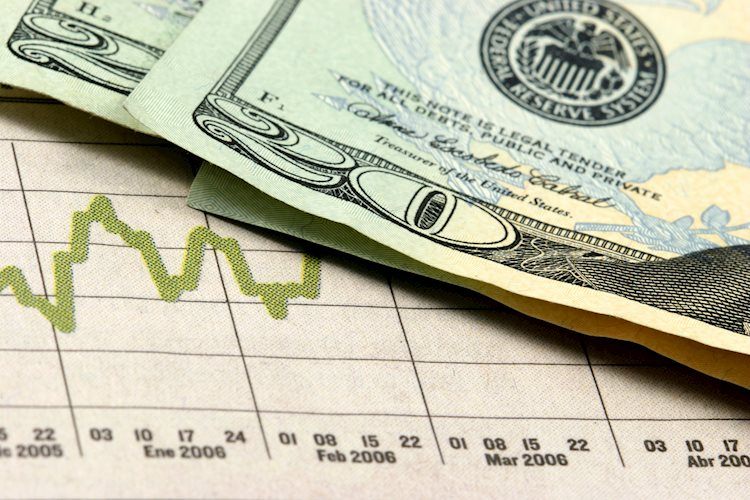The US Dollar regained ground on Monday, following last Friday’s gains and ahead of key inflation data releases. The focus is on the upcoming Consumer Price Index (CPI) figures, which are expected to show moderation. Despite positive growth indicators, the US economy faces potential risks, as the market may be overly optimistic in pricing future interest rate cuts. Technical analysis suggests the potential for further US Dollar gains in the near term.
The US Dollar Index (DXY) continued to make gains after last Friday’s dovish Fed comments and weaker-than-expected jobs data initially led to a sell-off. The Greenback staged a strong recovery and posted bullish engulfing patterns against every major currency except the Japanese Yen (JPY) and Swiss Franc (CHF). August CPI data, to be reported on Wednesday, is expected to show headline inflation at 2.6% year-on-year (YoY) versus 2.9% in July, with core inflation expected to remain steady at 3.2% YoY. Additionally, Producer Price Index (PPI) data, expected on Thursday, is forecasted to show headline inflation at 1.7% YoY versus 2.2% in July. Fed easing expectations have steadied, with odds of a 50 basis points cut this month falling to 20-25%. The market is still pricing in 100-125 basis points of Fed easing by year-end. No Fed speakers are scheduled until Chair Powell’s press conference on September 18.
In terms of technical analysis, the DXY seeks to reclaim the 20-day Simple Moving Average (SMA) of 101.60. A breakout above this level signals a buying opportunity and enhances the short-term outlook. Support levels exist at 101.30, 101.15, and 101.00, while resistance lies at 101.80, 102.00, and 102.30.
Inflation measures the rise in the price of a representative basket of goods and services, usually expressed as a percentage change on a month-on-month (MoM) and year-on-year (YoY) basis. Core inflation excludes more volatile elements such as food and fuel, which can fluctuate due to geopolitical and seasonal factors. The Consumer Price Index (CPI) measures the change in prices of a basket of goods and services over time, with core CPI excluding volatile food and fuel inputs. High inflation in a country can push up the value of its currency, as central banks often raise interest rates to combat higher inflation, attracting global capital inflows. Formerly, Gold was the asset investors turned to in times of high inflation for its value preservation. However, higher interest rates as a result of combatting inflation can make Gold less favorable due to increased opportunity costs.
In conclusion, the US Dollar’s recovery following last Friday’s gains is driven by positive growth indicators and upcoming inflation data releases. The focus remains on the CPI figures expected to show moderation, while Fed easing expectations have steadied with less aggressive rate cut pricing. Technical analysis indicates potential for further US Dollar gains, with the DXY seeking to reclaim resistance levels. Understanding inflation and its impact on currency values is crucial for investors in navigating market fluctuations and making informed decisions.











